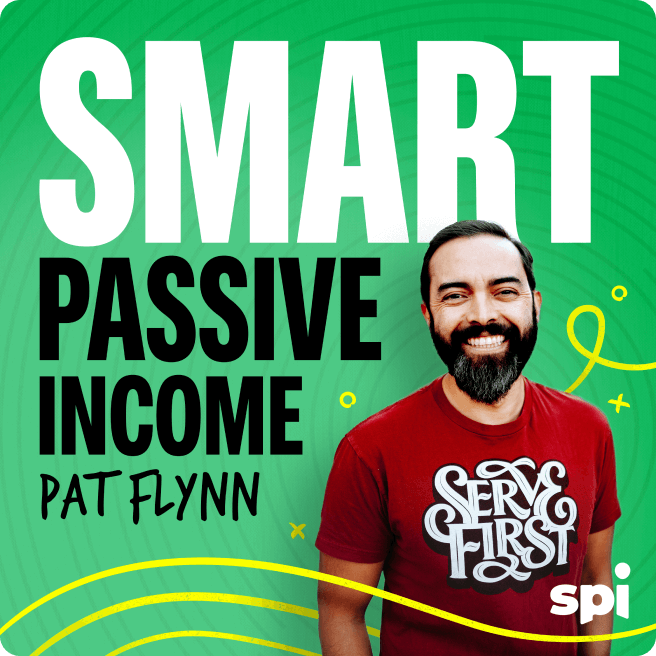It might not be Friday when you’re listening to this, but I appreciate you for listening in today, because we’re following up on the episode we did in session 507 with Jeff Walker, the creator of the PLF or Product Launch Formula. If you missed the episode, PLF is essentially a way to warm up an audience, to give them value, and to bring them on a journey that all leads to a product launch. And this could be the launch of any kind of product or service or course. In our conversation, we discussed how Jeff has updated and revised PLF over the years since he created it in 1996, and how to go about launching products today. Because the truth is, things are a little bit different than they were before.
And that’s the topic of today’s conversation. Not when it comes PLF, specifically, but the fact that we as entrepreneurs, we do have to learn how to adapt and to change. We can’t expect that things that we once used and succeeded with are going to continue working just as well for us over time. Blogs used to be the cornerstone of online content and connection, but things have changed, and live streaming and online communities have quickly become the new standard. We have to learn how to adjust and adapt, and as Ross of Friends would say, to “Pivot!” to current reality. So let’s talk about what that looks like for us entrepreneurs.





